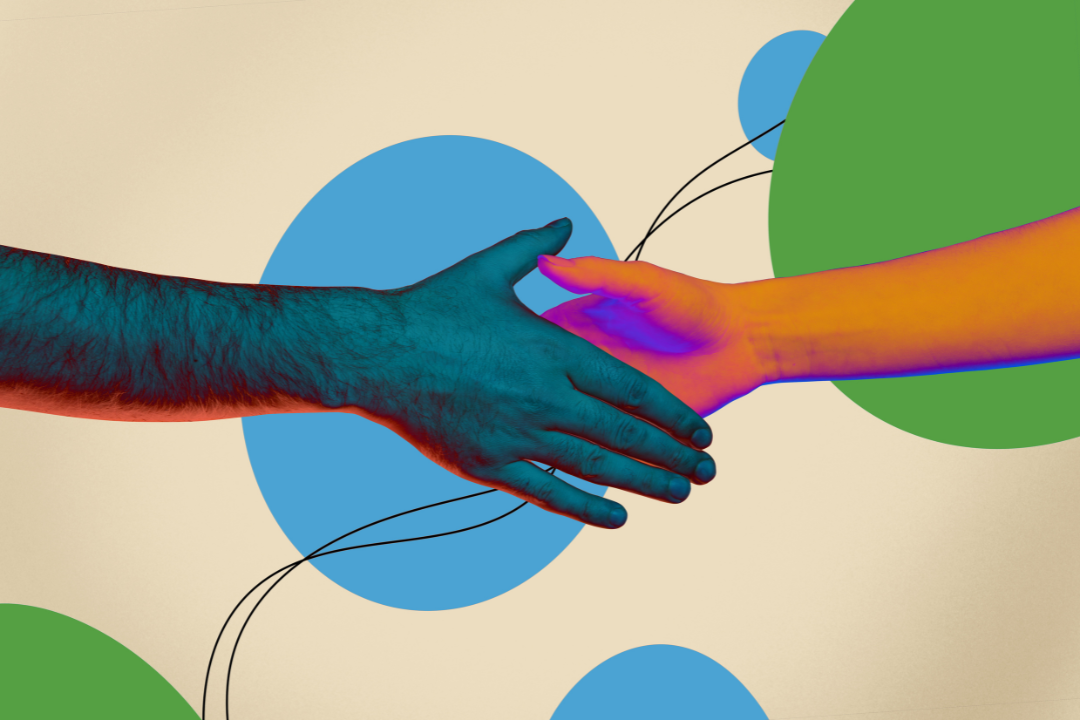Resources for Journalists
Approach with dignity. Support with empathy. Report with accuracy.
When it comes to mental health reporting, how do you approach the interviews? How do you ensure the stories are portrayed accurately? How do you prevent additional harm?
Thoughtful coverage that safeguards both sources and reporters requires insight, practice, and critical techniques, and it’s not something most journalists learn in school or on the job.
The Carter Center is proud to partner with The Poynter Institute to bring you an inclusive hub for mental health journalism, generously supported by the Brain & Behavior Research Foundation (BBRF).
Additional Resources
-
Find training opportunities, key mental health organizations & centers, governmental resources, important publications, and more.
-
Under the leadership of former First Lady Rosalynn Carter, a longtime champion for the rights of people with mental illnesses, the Carter Center's Mental Health Program works to promote awareness about mental health issues, inform public policy, achieve equity for mental health care comparable to other health care, and reduce stigma and discrimination against those with mental illnesses.
-
Search Rosalynn Carter Fellows past and present and browse their fellowship projects.
-
Over the past two decades, more than 220 journalists from New Zealand, Romania, South Africa, and current participating countries have been awarded the highly-competitive fellowships.

